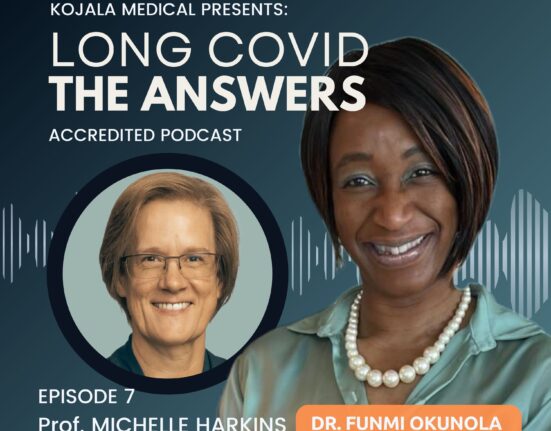
Long Covid Summary:
Explore the latest insights from medical experts, including Dr. Harsha Master, Dr. Ashish Chaudhry, Dr. Nicholas Gall, Dr. Louise Newson, Dr. Sarah Glynne, and Dr. Paul Glynne, as they share experiences and recommendations on diagnosing, managing, and referring patients with Long COVID. Learn about the challenges and emerging evidence surrounding this complex condition.
Main Points:
- Understand the definition, prevalence, and symptoms of Long COVID.
- Learn about exclusion of alternative diagnoses and identifying red-flag symptoms.
- Gain insights into the experiences of medical experts managing Long COVID and its complications.
- Access expert commentary by Professor Trisha Greenhalgh at the end of the article.
As we delve into the complexities of Long COVID, expert insights provide a compass. From defining symptoms to navigating complexities, our shared experiences aim to illuminate the path toward effective diagnosis, management, and recovery.
Long Covid The Answers
Long COVID, a persistent condition affecting individuals for more than 12 weeks after acute COVID-19, poses complex challenges for both patients and healthcare providers. This article draws on the experiences and expertise of medical professionals, including Dr. Harsha Master, Dr. Ashish Chaudhry, Dr. Nicholas Gall, Dr. Louise Newson, Dr. Sarah Glynne, and Dr. Paul Glynne, shedding light on effective diagnosis, management, and recovery strategies.
Understanding Long COVID: Defined by signs and symptoms lasting beyond the acute phase, Long COVID impacts approximately one in three patients post-COVID-19. Causes remain unclear, with theories ranging from viral persistence to immune dysregulation. Patients often present with diverse symptoms across multiple organ systems, creating a challenging ‘corona coaster’ pattern of relapsing and remitting symptoms.
Diagnostic Challenges: Diagnosing Long COVID requires a thorough exclusion of alternative conditions. Clinical assessments, including medical history, blood tests, and imaging, help rule out malignancies, infections, and other potential contributors. It’s crucial to avoid ‘COVID bias,’ recognizing that not all symptoms are directly related to Long COVID.
Red-Flag Symptoms: Identifying red-flag symptoms is vital, especially acute dyspnea, chest pain, and neurological issues. Cardiovascular and respiratory complications, including myocarditis and pulmonary embolism, necessitate timely intervention. Additionally, Long COVID’s psychological impact must be considered, with attention to mental health screening.
Holistic Management: Rehabilitation and recovery strategies involve a multidisciplinary approach, addressing barriers such as stress, poor sleep, and gut health. The ‘boom-and-bust’ phenomenon highlights the importance of pacing and tailored return-to-work plans. Sleep optimization, relaxation techniques, and complementary therapies contribute to overall well-being.
Managing Associated Conditions: Long COVID often overlaps with conditions like mast cell activation syndrome, dysautonomia, and menopause. Treatment protocols, including antihistamines for mast cell activation and hormone replacement therapy for menopausal symptoms, demonstrate promising outcomes.
In the absence of a standardized pathway for Long COVID, these insights aim to guide healthcare professionals and foster the development of specialized clinics. By sharing experiences, the medical community seeks to improve the care and quality of life for the growing population affected by Long COVID. For more in-depth insights, refer to the complete article and downloadable key takeaways.
Note: For detailed recommendations and insights, consult individual summaries of product characteristics for pharmacological therapies discussed in this article.
Source:
https://www.medscape.co.uk/viewarticle/draw-expert-opinion-optimise-care-long-covid-2022a1001lla








